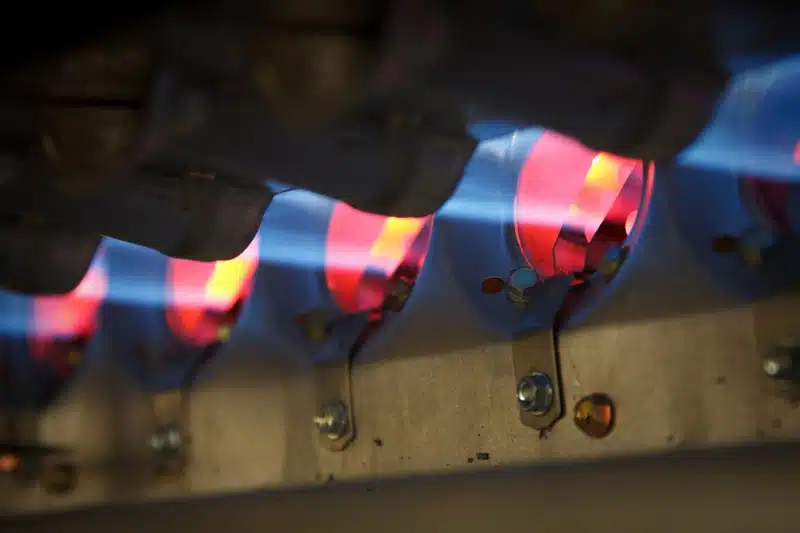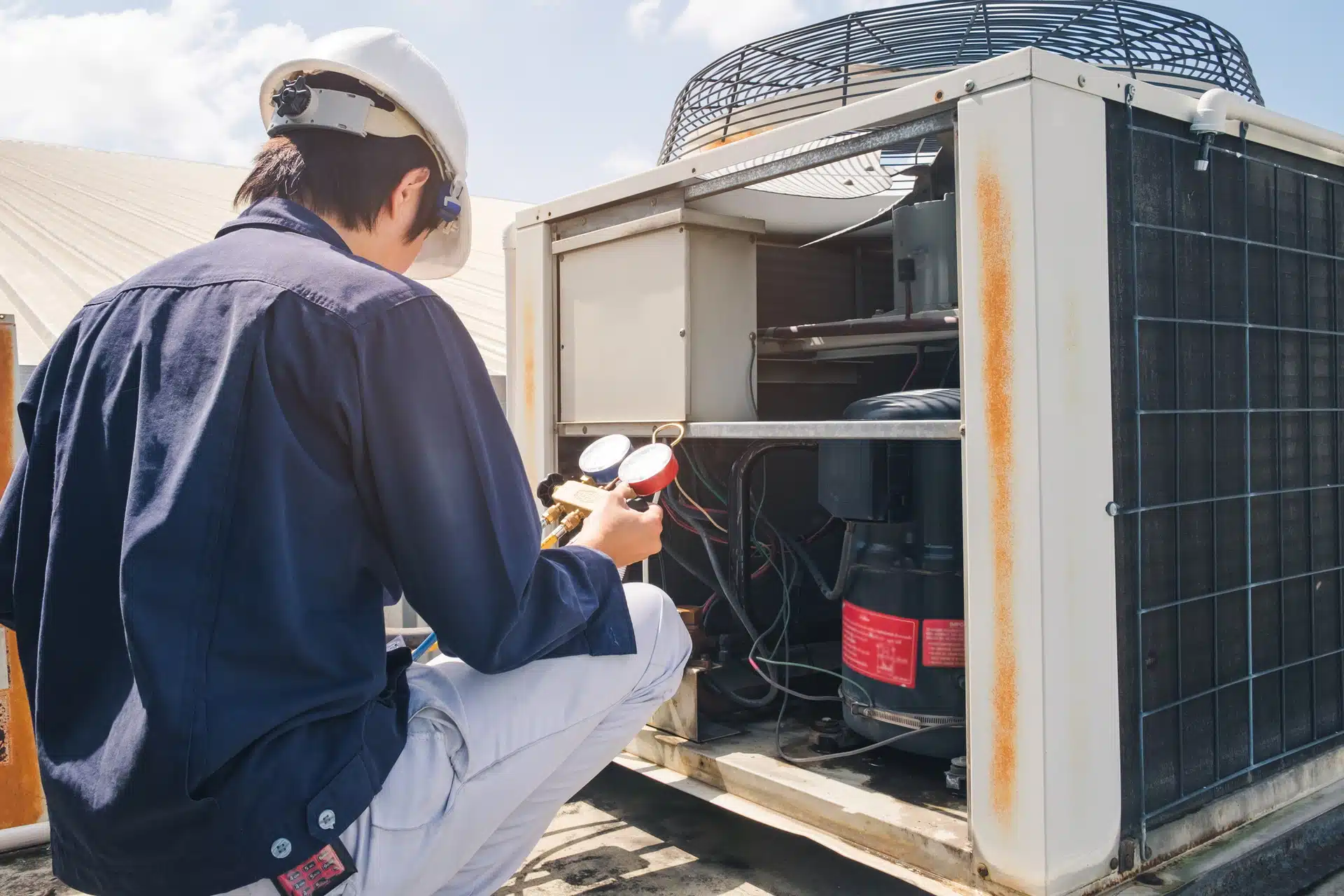We want to start this post with an important reassurance about gas furnaces: they aren’t “dangerous” appliances to have in your home, and with the proper care a gas furnace can run safely for many years.
But we do have to address the possibilities of health hazards, and any gas-burning appliance can create dangers from carbon monoxide leaks or fires. The more you know about potential safety issues that can come from your gas furnace, the better armed you’ll be to prevent them.
Intro over, now let’s talk about one of the serious gas furnace problems that can put a household’s health at risk: a cracked heat exchanger.
What the Heat Exchanger Does
If you don’t already know what a heat exchanger is, it’s the part of a gas furnace that does the actual heating of the air blown through the HVAC system. The exchanger is a series of metal chambers where the hot combustion gas from the burners collects. The gas raises the temperature of the metal walls, which then transfer their heat to the air pushed through the furnace and then into the rooms. When the heating cycle concludes, the exhaust gases left over in the exchange exit the furnace and the house through a flue.
The Danger of Heat Exchanger Cracks
One reason to have a heat exchanger in a gas furnace is to allow the combustion gases to heat the air without coming into contact with it. You don’t want combustion gases entering the air in your home, especially not carbon monoxide, a byproduct of the combustion process that’s supposed to leave the house through the flue.
Imagine what can occur when cracks form on the metal of the heat exchanger. As the exchanger heats up, the metal expands, causing the cracks to spread open enough that toxic gases can escape—and they’ll go right into the air coming from the blower and then into the ducts to the room vents. This creates potentially dangerous levels of harmful gases in the house.
Why Cracks Can Form
Cracks on a heat exchanger often occur in older gas furnaces. The expanding and contracting of a heat exchanger over the years can cause enough stress to create cracks. This is one reason we don’t recommend trying to push a gas furnace past the 15-year mark.
Another source of heat exchanger cracks is corrosion. The vapor from cooled combustion gases can react with the meral of the exchanger, especially if the furnace has poor venting. Corrosion weakens the metal and makes it easy for cracks to form.
How to Prevent Cracks in the Heat Exchanger
The best way to keep your furnace safe from the dangers of a cracked heat exchanger is to always schedule an annual furnace inspection and tune-up each year. Our technicians use maintenance to carefully examine the heat exchanger to find places where cracks are forming or where the metal is weakening. We can help with repairs, although for older furnaces we often recommend a replacement.
When you need heating repair in Levittown, PA, call Dowd Mechanical Heating & Air Conditioning: A Degree Above the Rest.




